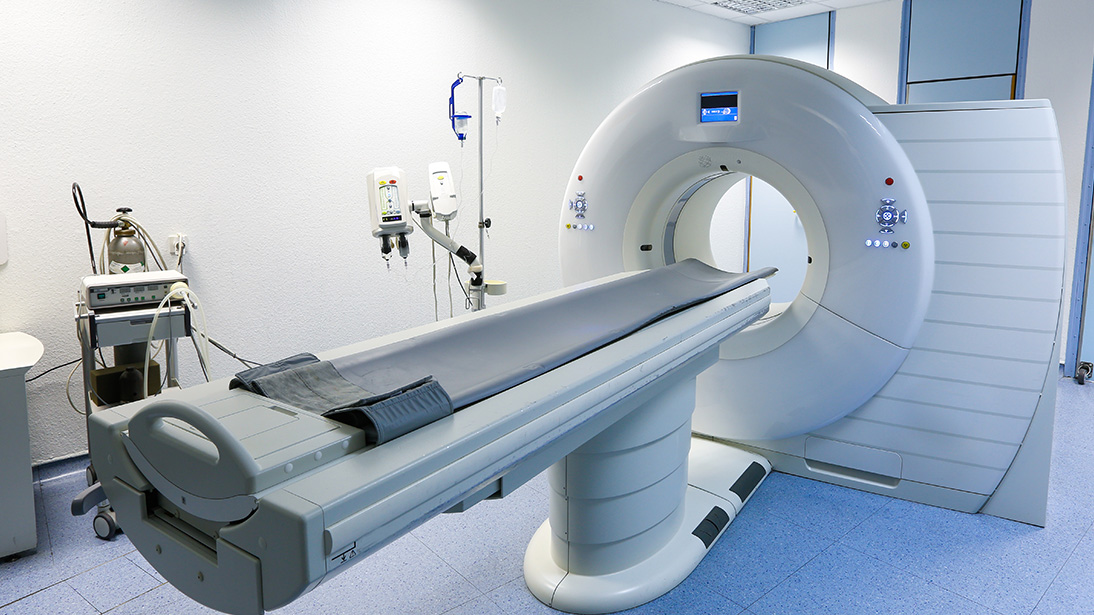Lessons learned - MRI machine
Several blackouts and brownouts damaged the electrical supply supporting an MRI machine at a medical imaging center. After the event, and before attempting to power up the MRI machine, a technician inspected the unit and recommended suspending power.

An engineering consultant was then engaged to inspect the MRI machine and provide information related to the damages and cause of loss. The consultant found that there was electrical damage to a gradient amplifier and other major electrical components. They confirmed that the damage was caused by the utility provider’s power fluctuations.
During the investigation, a few discoveries were made. First, the occupancy was listed as retail office space, and it was unknown that medical diagnostic equipment was being insured. Additionally, the MRI machine itself was leased, but an additional payee was not listed on the policy. Lastly, the relationship between the landlord, MRI machine lessor and policyholder was strained. The policyholder had been locked out of the space by the landlord for several months due to unpaid rent. The MRI machine lessor had an obvious interest in the condition of the MRI machine and rental income expected from the damaged property. Neither the status of repair, nor rental income were being provided by the policyholder.
When measuring damages, an estimate was presented for repair to the main electrical supply. The estimate also included replacement of the cold head compressor, helium lines, control circuit board and additional helium. It was later uncovered that the MRI machine was running low on helium while the space was vacant. Subsequently, a quenching event ensued, causing further damage. As the policyholder failed to adequately prevent the MRI machine from sustaining further damage, coverage for the unrelated damages were denied. The MRI machine lessor attempted to make a claim under the equipment breakdown portion of the policy. As they were not a named insured under the policy, no coverage was available for their indirect damage.
What could have been done differently to prevent this large loss? The primary electrical damage was likely preventable; and the secondary event resulting from insufficient maintenance was surely preventable. Proper installation of surge suppression or phase monitoring equipment can assist in preventing future damage. From an underwriting perspective, recognizing hidden exposures is crucial. Not only was the occupancy incorrectly rated, but the policyholder had a CT machine in addition to the MRI machine. The estimated value of these two pieces of equipment were three times the policy limits.
